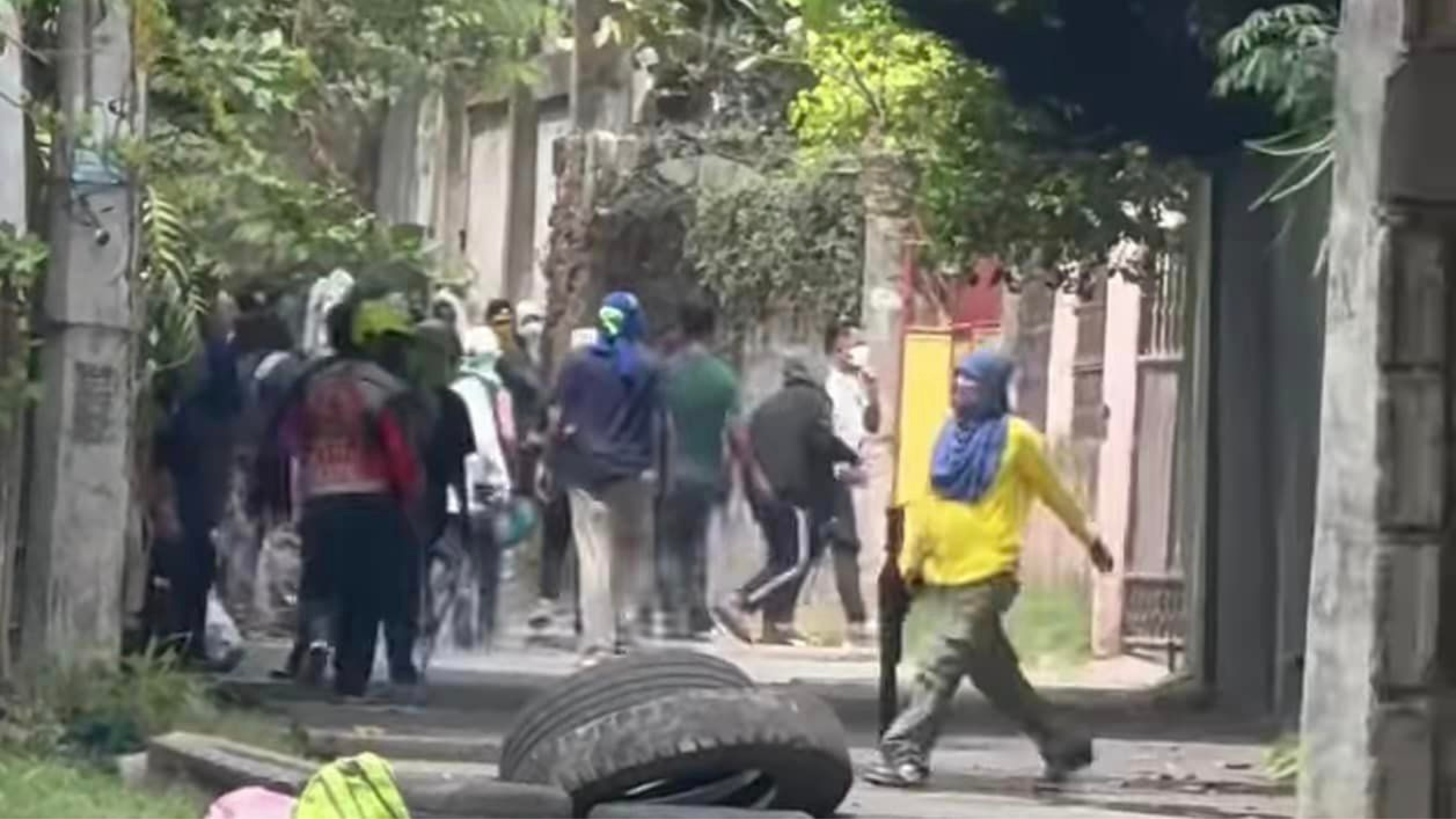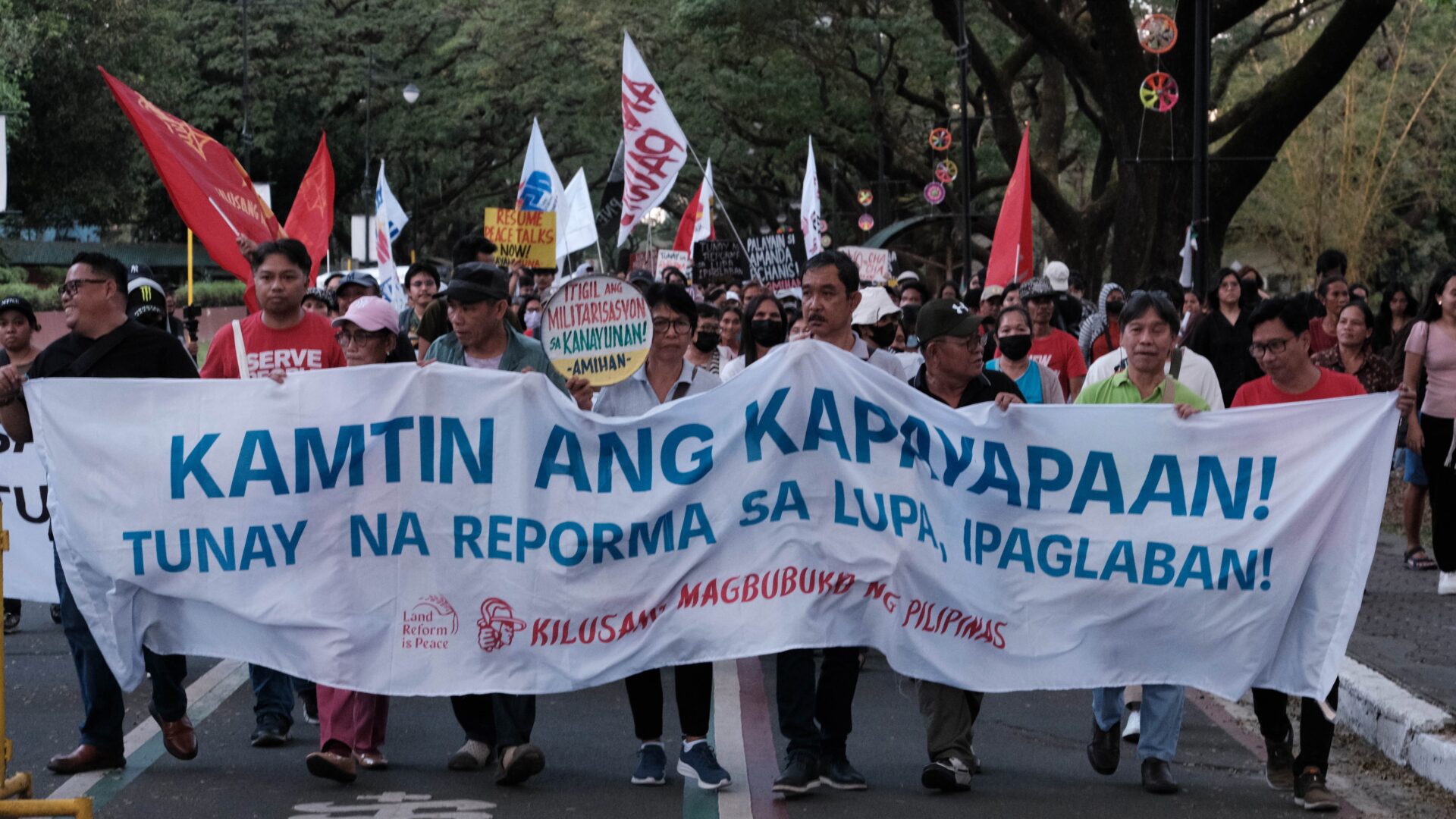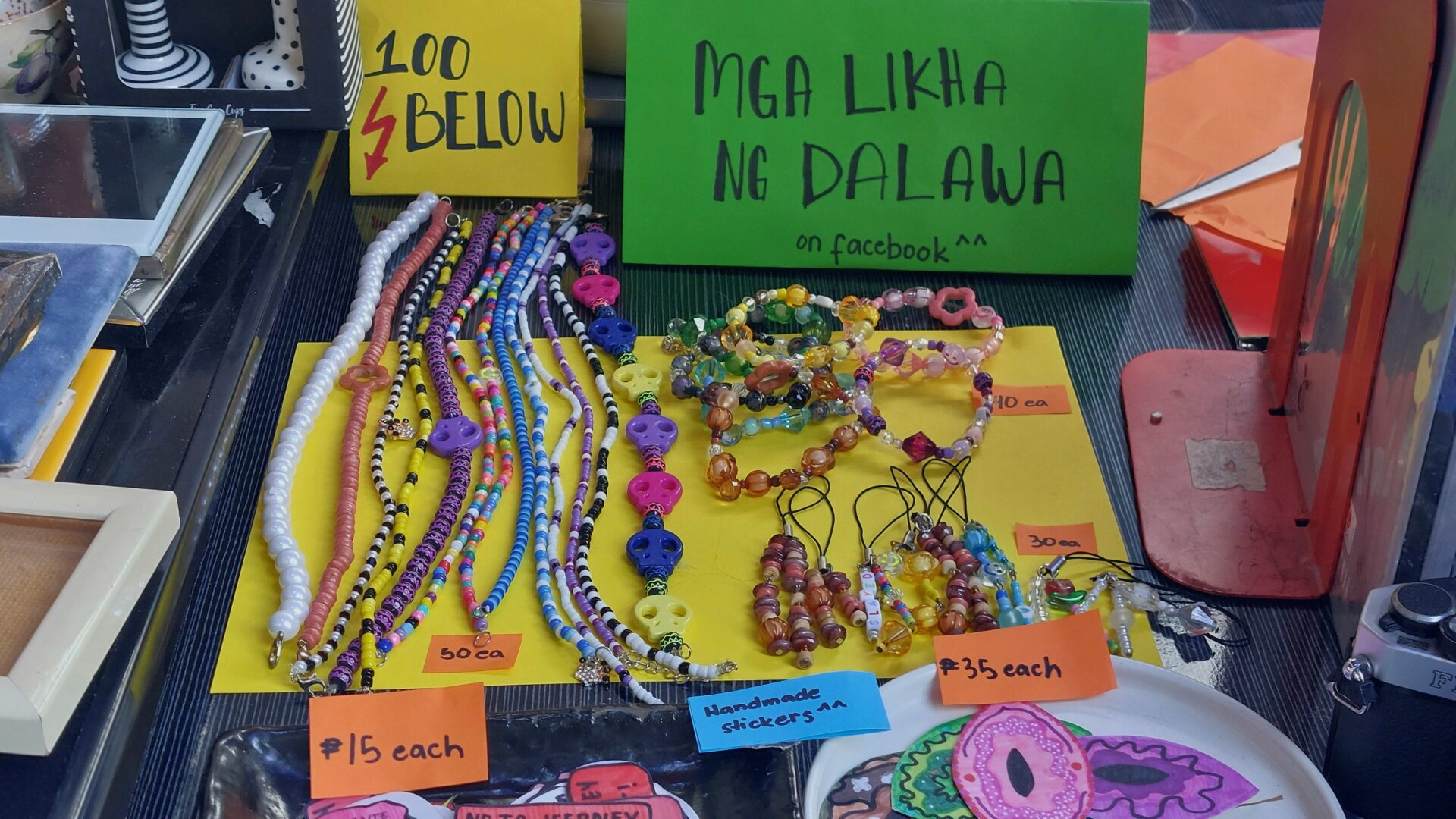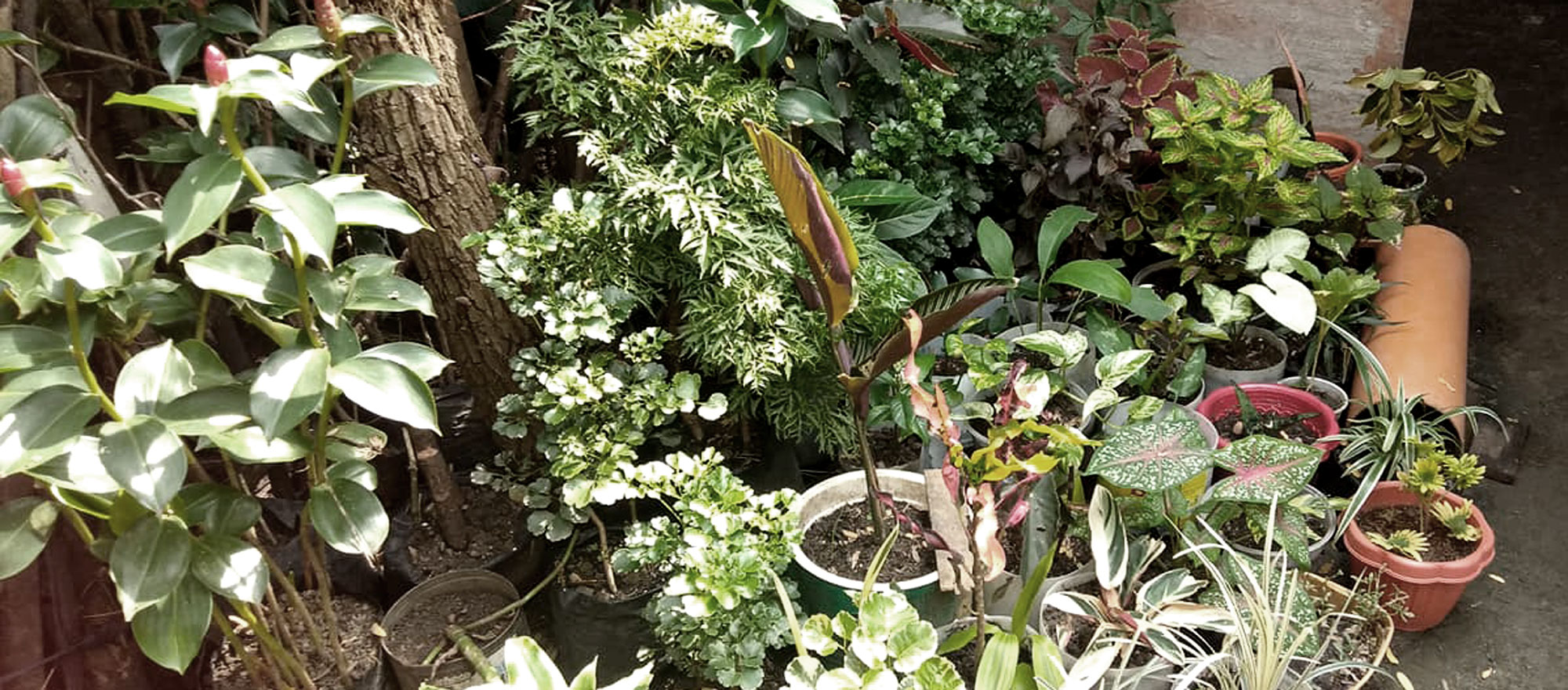Photos | Women farmers in Hacienda Luisita rise for justice vs Cojuangco land grabbing, repression
Fronting the huge tract of agricultural land in Brgy. Balete in Hacienda Luisita was a long concrete fence and a sign that said “Development soon to rise”. But on March 6, two days before the International Women’s Day, it was the women of Hacienda Luisita who rose. For months now, these women were among the […]

Fronting the huge tract of agricultural land in Brgy. Balete in Hacienda Luisita was a long concrete fence and a sign that said “Development soon to rise”.
But on March 6, two days before the International Women’s Day, it was the women of Hacienda Luisita who rose. For months now, these women were among the farmer-beneficiaries of the land claimed by the family of President Aquino who have been subjected to violence by state agents and private armed goons of the Cojuangcos. In Balete, the Cojuangco-owned company, Tarlac Development Company, has been destroying crops planted by the farmers. The women formed part of the community resistance, but many have been beaten up and arrested, and continue to be threatened with more harm. The Supreme Court, in 2011, had ordered the Aquino government to distribute Luisita to its rightful owners, the farmers. But until now, this has yet to happen, even as the Cojuangcos carry on with their land grabbing, with the help of the government.
Long fed up with the insults and attacks, the theft and betrayal, and with the help of some infectiously danceable music, the women gathered in front of the sign that day. Their fingers, like their anger, rose to conclude the pop beat. They furiously danced, alternately clapping, pointing their fingers in the air and hoisting their clenched fists. “Down with the Cojuangcos! Justice for us, farm workers!” If dance could only smash concrete and barbed wire, Barangay Balete would be a liberated zone.
“Their alliances are strong,” said Monique Wilson, theater artist and global director for One Billion Rising for Justice (OBR4J), of the women of Hacienda Luisita. “Their sufferings are great. They are used to it. But you can also sense their frustrations and anger. ” Wilson joined the Luisita women in dancing the OBR Philippines dance–as a creative protest against the land grabbing, harassments and lack of genuine agrarian reform. “Their struggle is a life or death struggle. To even dance in front of the military, and the place (that was forcibly taken from them)–it is not just symbolic. It is really powerful.”









